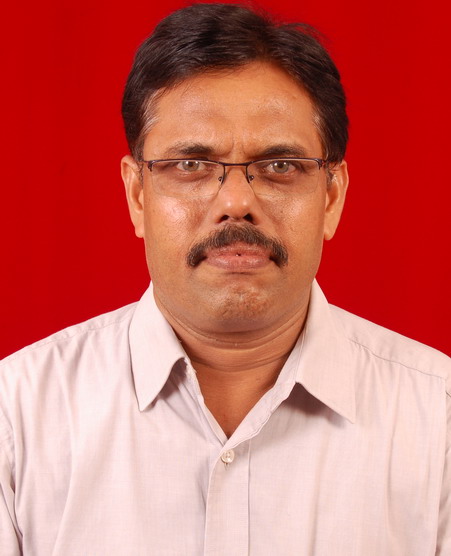One cannot deny the contribution made by the private educational institutions to impart quality education in Karnataka from 19th century onwards. Till recently, before it was swayed away by the waves of professional colleges, these institutions led by farsighted philanthropists have imparted quality education to all, irrespective of caste and creed. Recognizing the contribution of these institutions the government of Karnataka had brought these colleges under grant in aid code in the seventies of the twentieth century. This attitude of the government encouraged a good number of educationists to start new colleges even in rural areas and they were affordable even to the poor. 
However, in the 80’s the government of Karnataka under the pretext of ‘Economy Measure’ stopped all new recruitments in private aided colleges without realizing its impact on the entire educational system, especially on young learners. With it started a host of new problems- part time teachers, ad hoc teachers, temporary teachers, contract teachers all surfaced on the scene along with the highest number of court cases recorded since then to regularize these teachers. In 1987 the government of Karnataka decided not to extend grant in aid to new colleges. In the 90’s Sri S.M. Krishna’s Government even decided to partially withdraw grant- in- aid to the colleges which have been in existence for more than twenty five years.
All these bureaucratic decisions were made within the four walls of Vidhana Soudha without analyzing or realizing its impact on the educational system. These policies have created different categories of teachers in the same institution- one is fairly well paid by the government and the other, not so. How could an institution expect complete dedication when s/he is not paid well? Discrimination, exploitation and even corruption became a daily affair in a place where one is involved in creating an ideal, just and egalitarian society through imparting knowledge. Thanks to the department of Higher Education, Government of Karnataka for creating such confusion by issuing contradictory circulars/orders in higher education.
In the beginning of the 21st century, the government came out with a brilliant idea to terminate the private aided colleges forever. A good number of government colleges were established around each private aided college with local MLA’s assuming the status of ‘God Father’ of these institutions. This resulted in the drastic decline in student strength in private aided colleges, since government colleges have brought free education to girls and subsidized it for boys. Instead of strengthening the already existing, well-furnished aided colleges by appointing more number of teachers and regulating them with strict financial discipline, the government started new colleges with the same discipline/subjects but without buildings and without teachers. Most of these newly established colleges have part- time teachers and in- charge principals. Hardly any one will endorse the view that the poor deserve ‘poor education’. The immediate impact of the increase in the number of government colleges is seen in the private aided colleges- the student strength is drastically reduced below 15 in each class. And immediately the higher education department is ready with another order to redeploy the teachers from aided colleges where they do not have student strength to the government colleges allowing the private aided colleges to have a natural death.
The outlook of the government towards private aided colleges is clearly seen recently in the implementation of RUSA at the higher education level. The said central government project is meant for both government and private aided colleges. The MHRD has announced that a good number of private aided colleges of the state will be raised to the status of ‘Degree Awarding Colleges’ under the scheme. However, the bureaucrats of Karnataka summoned meetings and discussed the scheme only with the government college principals restricting only to get infrastructure facilities. It is unconstitutional and this attitude of the government must be condemned.
The recent ordinance and the circular from the Commissioner of Collegiate Education on not considering the unaided service for pay, promotion and for retirement benefit is a new addition to the attitude of the government on the aided educational institutions. Actually , most of the aided colleges are partially aided. More than 80% of the teaching and administrative staff in these colleges are paid by the management. Even this will not continue for long. Within 7-8 years almost all these aided staff will retire from the service and thereafter there will not be any aided college in the state. The Aided colleges do you hear the bell?
